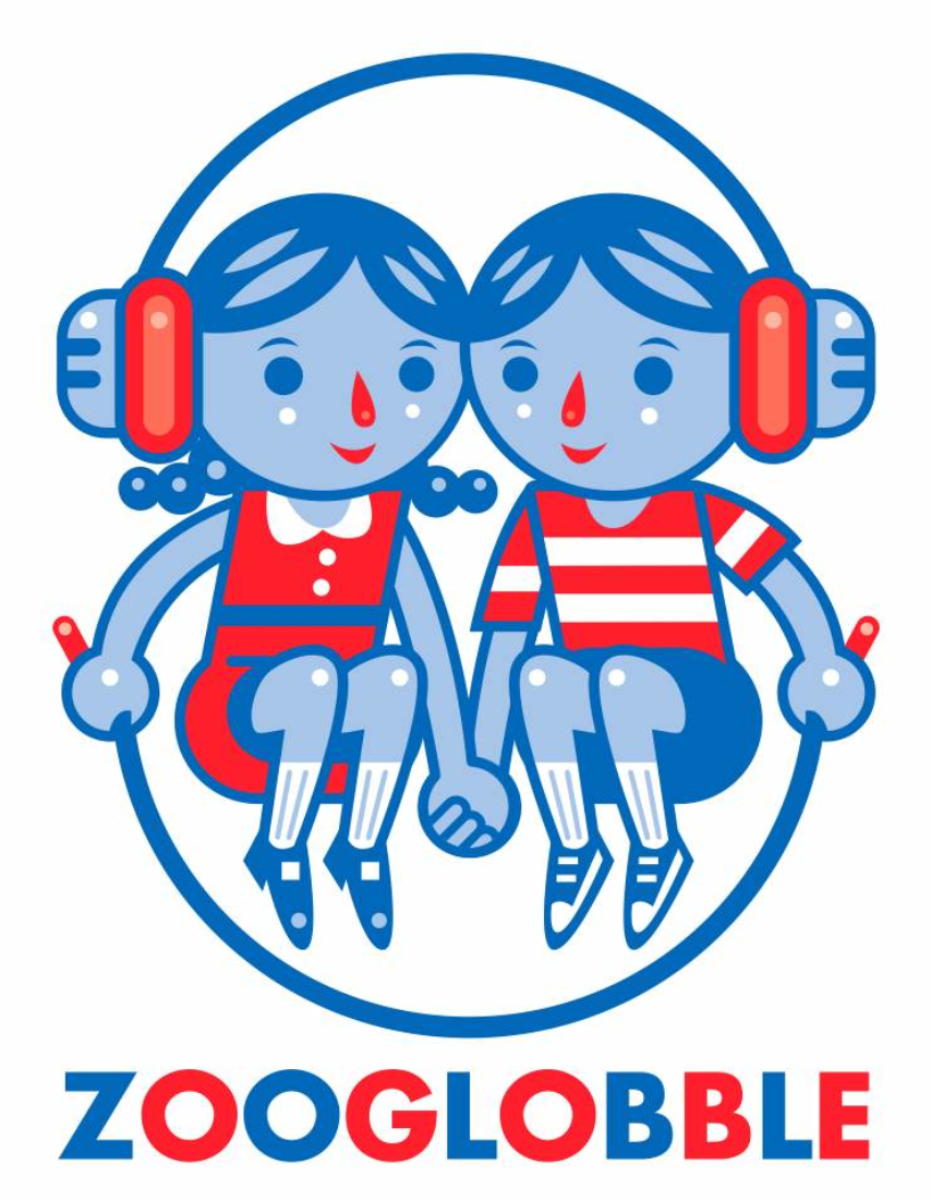Lullaby albums can be a nice way for an artist who typically records music for adults to slide into the kids music world -- maybe record a few public-domain lullabies and/or some love songs appropriate for tender ears, and with relatively little change, presto, you have a lullaby album! The potential downside is that you get a bunch of songs recorded too loudly and with little of the magic that makes parents repeatedly put good lullaby albums back into the CD player night after night.
Suz Slezak certainly could have gone that route. Along with her husband David Wax, she's part of the folk-roots rock band David Wax Museum, but Slezak chose to record and release Watching the Nighttime Come, her first kids' music album, a lullaby album, under her own name. She could have easily gone the route I outlined above, but instead this new album is remarkable for how much Slezak the vocalist fades into the background and lets Slezak the musician step forward. I tend to think of the start of the album as being the aural equivalent of the album cover -- playful as day's last light fades and, well, waiting for nighttime. Slezak's songs "Where Did You Come From" and "You Got Love" are dreamy tracks, but ones on which her vocals take something approximating center stage.
As daylight fades, however, the overall feel of the music, rather than anything vocally-based, becomes most important. The heart of the album -- "Jessie's Waltz," "Tallis Canon," and "Caballito Blanco" -- are, respectively, an instrumental, a 6-minute version of a 450-year-old hymn, and a Spanish-language lullaby. Those are not the artistic choices of someone who just wants to create a lullaby album with a snap of her fingers -- those are the choices of an artist who's deliberately creating a hushed mood. That mood on the album eventually breaks somewhat, as all nighttimes break. Here it's with a cover of Leonard Cohen's "Hey, That's No Way To Say Goodbye."
The album is going to be most appropriate for kids ages 0 through 5, but like most good lullaby albums, it's far more all-ages than a lot of kids music. You can stream the 31-minute album here.
This is a somewhat idiosyncratic lullaby album, and if you're looking for renditions of the same set of lullabies you might typically hear on collections of sleepy songs, you should probably move on. But I think this is exactly the kind of idiosyncratic that regular readers of the site will dig a lot, and even if you think you want yet another version of "Twinkle Twinkle Little Star" on CD, I'm pretty sure that Watching the Nighttime Come will fit in nicely amidst your family's CD collection. Definitely recommended.
Note: I received a copy of the album for possible review.










